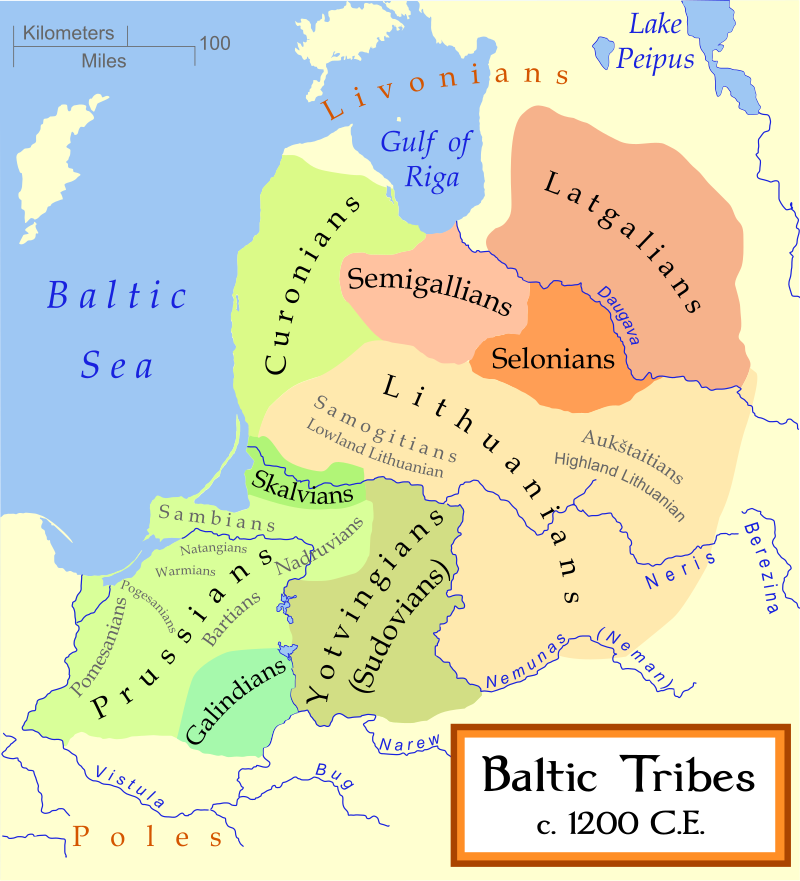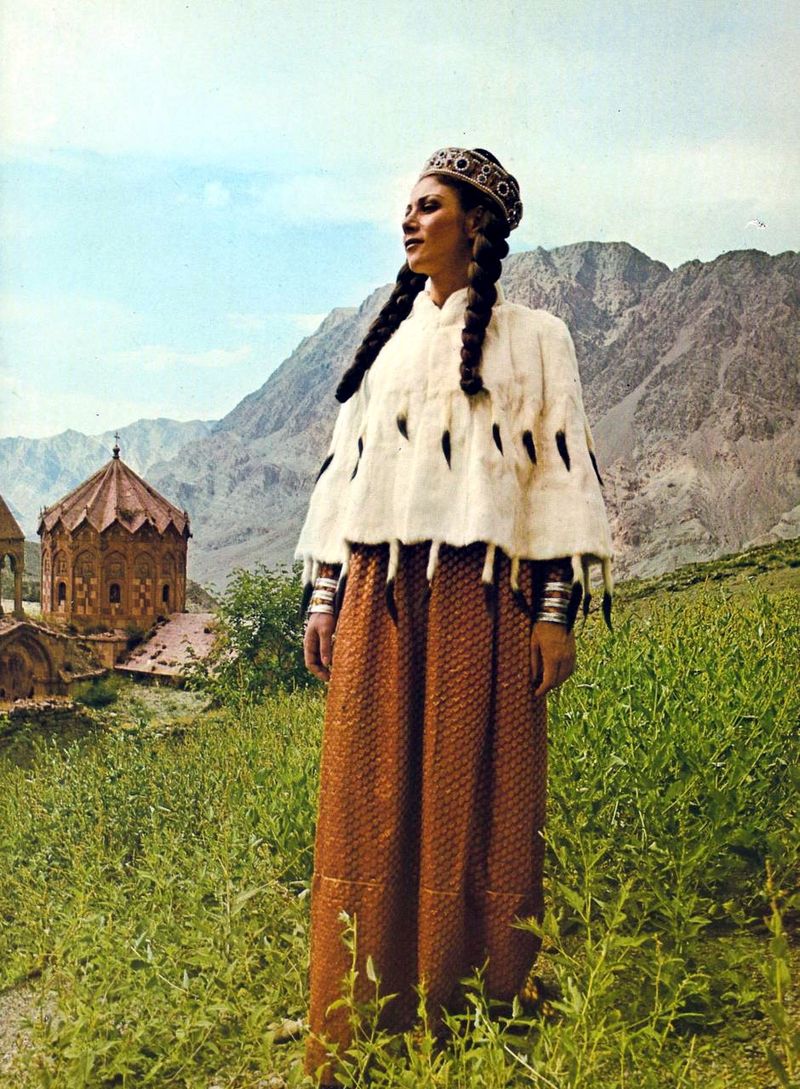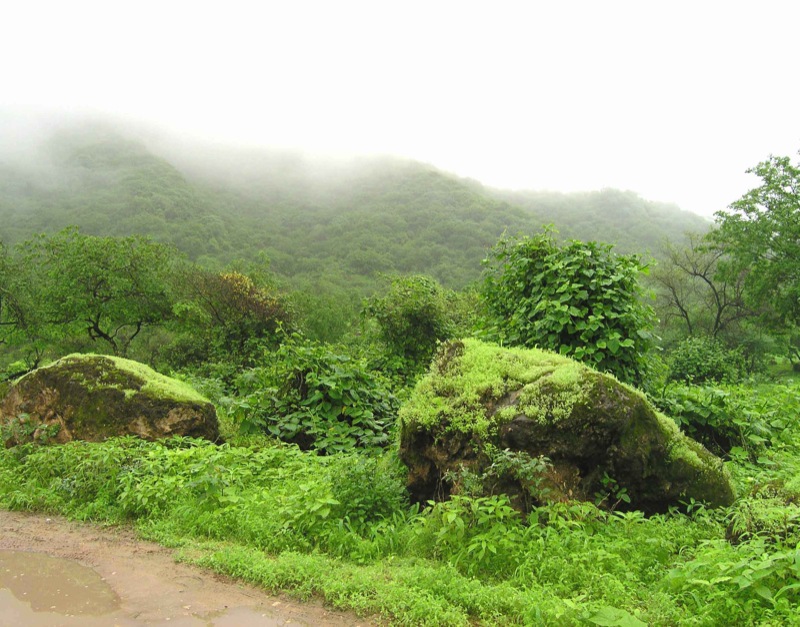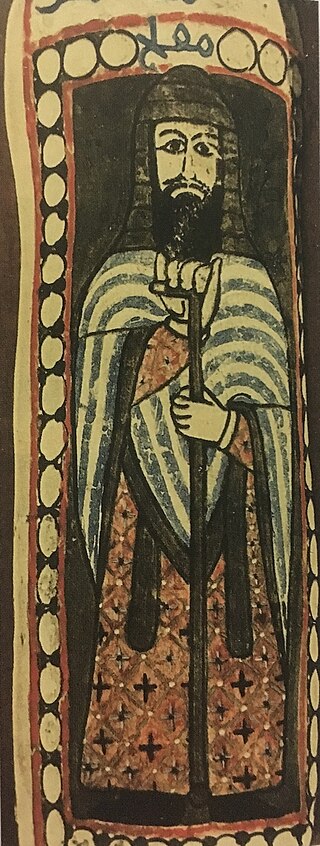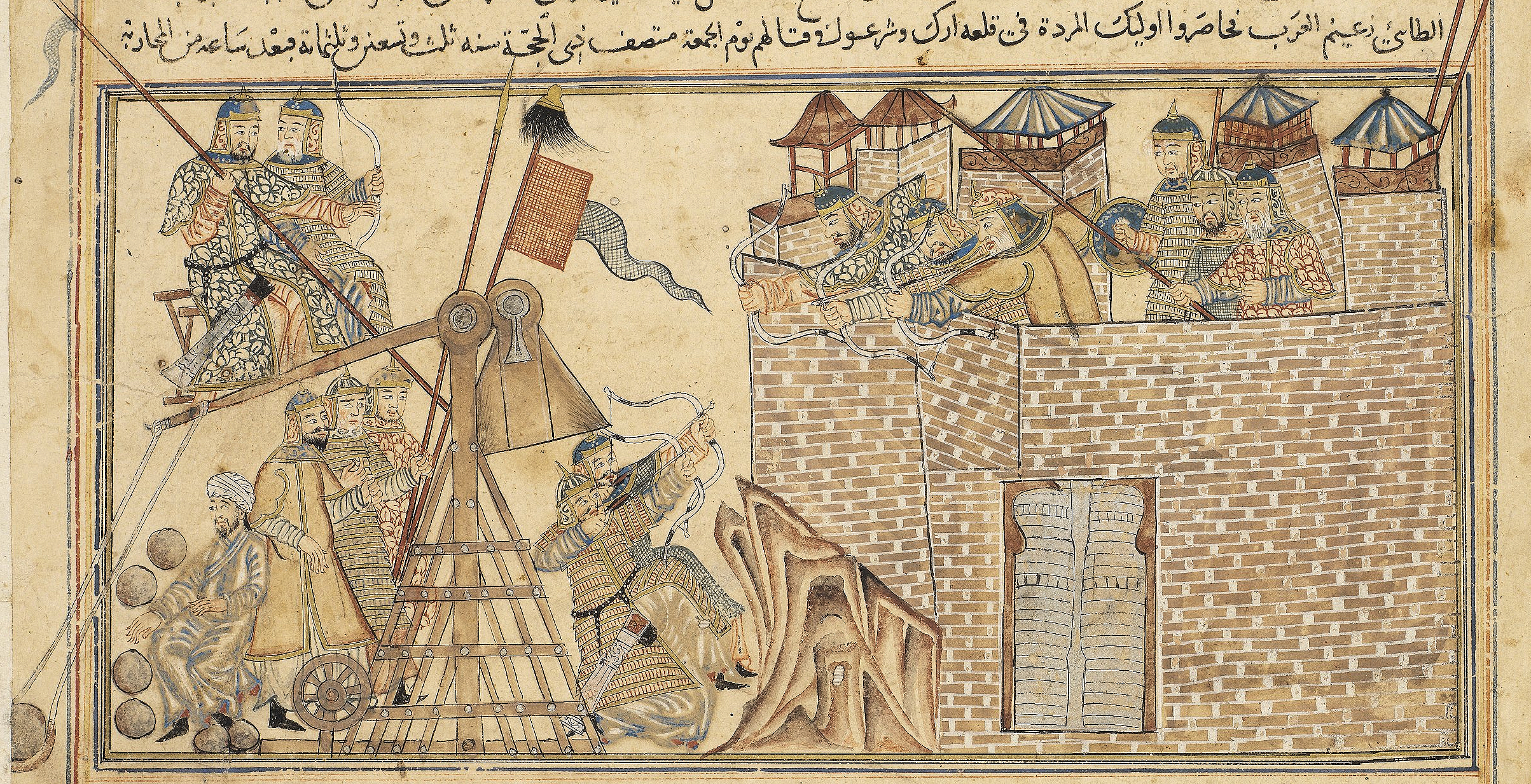Britain
The British Isles would see a period of consolidation during the 10th century. This would be particularly true for England, at least most of it. A unified realm extending from Devon to Kent, encompassing the entire East Anglia and Mercia, and even Lancashire would emerge during the 10th century, under the dominance of Wessex.
The unified Anglo-Saxon realm of England under the dominance of Wessex would however not incorporate Danish Yorkshire throughout the entirety of the 10th century: due to butterflies, more Norse would settle in Yorkshire than in the Seine estuary; and as a result, the area would have a much denser population, meaning a large army, meaning more difficult to conquer.
To its north, the remnant of Northumbria splits into the realms of Lothian and Deira (south of the Tweed River). Deira itself would be in a rather vulnerable position: a rather easy target for either Danelaw or England. However, the Pennines were a major barrier between Northumbria and the rest of England; the realm would thus continue with its independence for some time.
By now, the original Anglo-Saxon tongue has gotten quite a few Scandinavian influences: in East Anglia, eastern Midlands, but especially in Yorkshire. In fact, the variety spoken in the area would actually qualify as a North Germanic, rather than as a West Germanic language.
Both Devon and Cornwall would remain Dumnonic-speaking and the Celtic presence in the area would have remained strong.
Wales would have remained still disunited and fractured into petty-kingdoms of Deheurbath, Gwynedd, Powys, Brycheniog and Glamorgan. However, these petty-kingdoms would be united under some sort of league, now under the seniority of Deheurbath in the southwest.
Between the Offas Dyka and the Severn, there would have still been pockets of Latinate settlement. These people would have been the descendants of the Roman colonists to Britain. Their numbers could amount to some 60 000 to 90 000 people. Their villages would be fortified and have an appearance of the Old Roman military camps. The more educated once would go on to serve as priests. In fact, the Latinate population of the Severn region would have the highest number of priests from amongst them per capita in the entirety of southern Britain. This was mainly due to the fact, that Latin was the liturgical language, and these people spoke a Latin-descended dialect.
Further north, the Kingdom of Alba was consolidating its power in the area. Based around the Fife, the Scots went to integrate also the southern bank of the Firth of Forth. Lothian has been populatd by Anglic people akin to those further south in Northumbria.
The isles – the Hebrides, the Orkneys, the Shetlands, Man and even the northernmost part of the Scottish mainland – would have been continued to be dominated by the Norse, who set up a Lordship of the Isles. While in Hebrides and the Isle of Mann, the Gaelic element was still vibrant and a mixed Norse-Gael culture would develop, in the northern isles the Germanic element prevailed, leading to the development of a Norn language and identity.
Northern Scotland - the region around Moray Firth and Inverness, would continue to exist independently as the Kingdom of Moray (or Moireabh in Gaelic). Separated by the Grampian Mountains from Scotland proper and with the Highlander keenness of preserving their independence, this petty kingdom would remain independent throughout the entire century.
Dumbarton Rock was a major Strathclydian fortress
In the southwestern corner of Scotland, there remained two further polities: Strathclyde and Galloway. Strathclyde was the last part of Hen Oggled or the Brythonic “Old North” – effectively speaking Cumbric, a language related to Welsh. The coastal parts were however possessed by the Norse, under the name Galloway: however the Galwegians would have by now become mostly assimilated to Cumbric language, yet maintaining distinct Scandinavian customs.
As for Ireland, the interior would go on as usual, with independent petty—kings here and there. However, Viking presence on the coast and permanent settlement at places like Dublin, Wexford, Waterford, Limerick and Cork would have changed the general pattern somewhat. These cities appear to have had a Scandinavian elite, yet most of their inhabitants (possibly with the exception o Dublin) were Irish.
Brian Boru
The insecurity of Viking raids has resulted into an exodus of Irish scholars, who would visit other European courts, bringing Irish knowledge and culture over to the Continent.
In the southern parts of the island, we could have witnessed some political consolidation. Mainly in the form of Munster subjugating Leinster and the Viking settlements as tributaries or vassals, yet preserving their autonomy. This was mainly the feat of Brian Boru.
Scandinavia
The realms of Denmark and Norway would have gradually accepted Christianity. In Denmark, this would have been under Harald Bluetooth in the 980s, with the establishment of the Archbishopric f Lund. In Norway, Christianity was adopt by Olaf Tryggvason in 995, after the end of the rule of a pagan zealot Haakan Sigurdson Jarl.
However, the people would not entirely abandon their old belief. Many of the churches would have been built on already sacred places, and Mjollnir could have been easily swapped for the sign of the Cross.
In Sweden, Christianity would proceed rather slowly, with a few churches, later bishoprics set up at Birka, and Skara in Vastergotland. While Sweden would get a Christian king in 990s, he would not be in a position to impose Christianity on his subjects. For the most part, Chrisitan churches would be built, but Asatru practices would go on, in Uppsala, the major pagan center of the land especially. Thus, even by 1000AD, the vast majority of Swedes would still be Norse pagans.
Sweden would, for its part, still be divided into two kingdoms: Svealand around Uppsala and Gotaland (Geaten) in the south.
Early missionary attempts in Sweden have failed
Iceland would long be resistant to Christianity, however under pressure from Norway and seeking to prevent civil war, the speaker of the Althing, Thorgeir Thorgelsson, decided in favour of Christianity.
Mentioning the Althing, I should return back to the peculiar political system of Iceland. The country was effectively a republic, with an annual gathering called the Althing at Thingvellir. Speaking in modern terminology, the system was anarcho-capitalistic, with chieftains exercising real power in their districts, and this being the basis of their legitimacy in the Althing. Therefore, the state itself did not have any taxes nor armies: all law enforcement was private. As a result the society would adopt a blood-feud mentality.
This update would not be complete without further mentioning Norse exploration of the North Atlantic. The next major island the Norse would encounter after initial landings at Shetland, Orkney and Iceland would be Greenland
In 986 Erik the Red reaches Greenland, and the first settlement at Brattahlid is established. The name of the land itself appears to have been a marketing device: in no way would Greenland be greener than Iceland, as much of Greenland is covered in a thick ice sheet all year round, and it would have been more accurate to swap the place names of Greenland and Iceland.
A reconstruction of a church in Greenland
The climate back then was considerably warmer, allowing birch trees to grow in the area. The Norse population in Greenland would consist of three areas: the largest Eastern Settlement, the smaller Western Settlement and the smallest Middle Settlement. The “settlements” were not villages per se, but rather collections of scattered farms. The inhabitants would mostly raise livestock and fish, and hunt caribou and seals.
The northern parts of Greenland would have been populated by the so-called Dorset-culture. The two peoples would not have interacted: the southern part of the island had been uninhabited and separated from the north by the thick and large ice sheet.







